Product Overview
7-Keto DHEA (7-oxo-dehydroepiandrosterone) is an endogenous metabolite of dehydroepiandrosterone that has attracted clinical interest because it cannot be converted to estrogen or testosterone, yet still influences metabolic pathways tied to resting energy expenditure.
Unlike parent DHEA, which undergoes aromatization and 5-α-reduction, 7-Keto circulates largely as a sulfated conjugate and is renally excreted without appreciable sex-steroid activity. Human trials have explored its use as an adjunct to calorie restriction and exercise, noting modest reductions in body weight and body-fat percentage over 8-week study windows, though the evidence base remains limited in size and duration. The compound is available only by prescription when prepared in customized strengths by a 503A compounding pharmacy, and all use should be guided by licensed health-care professionals familiar with endocrine monitoring and informed consent.[1]
Because 7-Keto DHEA is not an FDA-approved drug, it is regulated under state pharmacy practice laws and Section 503A of the Federal Food, Drug, and Cosmetic Act, requiring patient-specific prescriptions and adherence to United States Pharmacopeia <795> standards for non-sterile preparations. The substance appears on the World Anti-Doping Agency’s Prohibited List and therefore may disqualify competitive athletes. Marketing claims popularized in the early 2000s emphasized “thermogenic” and “immune-support” benefits; however, authoritative reviews caution that efficacy data are inconclusive, long-term safety has not been established, and outcomes such as fat-mass reduction vary widely across studies. Clinicians therefore position 7-Keto DHEA as a potential-but unproven-adjunct for carefully selected adults who have exhausted conventional lifestyle measures and who can commit to periodic metabolic and hormonal monitoring.[2]
Clinical studies have most commonly administered 100 mg orally twice daily, yet compounded capsule strengths of 12.5 mg, 25 mg, 50 mg, and 100 mg allow precision titration. Initiation at 25-50 mg once daily with food for one week, followed by gradual escalation based on tolerability and metabolic goals, is prudent. Maximum studied exposure is 200 mg per day for eight weeks; data on longer courses are insufficient.
Clinicians should evaluate resting heart rate, blood pressure, fasting glucose, thyroid-stimulating hormone, and serum cortisol at baseline and at eight-week intervals. Dose reductions or discontinuation are advised if sustained tachycardia, anxiety, or insomnia develop. Patients should be counseled that weight-management benefits, when they occur, typically manifest only in conjunction with caloric restriction and structured physical activity.[8]
Preclinical investigations show that 7-Keto DHEA up-regulates hepatic malic enzyme, mitochondrial sn-glycerol-3-phosphate dehydrogenase, fatty-acyl-CoA oxidase, and catalase, collectively increasing futile substrate cycling and proton leak within mitochondria. These alterations dissipate the proton-motive force as heat rather than adenosine triphosphate, mirroring classic thyroid-hormone-mediated thermogenesis while sparing nuclear receptor activation. Additional in vitro work suggests competitive modulation of 11β-hydroxysteroid dehydrogenase 1, thereby limiting local regeneration of cortisol and theoretically improving insulin sensitivity. Importantly, 7-Keto does not serve as a precursor for androgens or estrogens and shows minimal affinity for classical steroid receptors, a property that underpins its investigation as a non-hormonal metabolic adjunct. Plasma pharmacokinetic studies indicate rapid first-pass conjugation with a terminal half-life of roughly two hours, favoring twice-daily oral administration for sustained exposure.[3]
Use is contraindicated in individuals with known hypersensitivity to DHEA derivatives, active or history-positive estrogen- or androgen-dependent malignancies, uncontrolled thyroid disease, severe hepatic or renal impairment, and in patients receiving potent glucocorticoids whose metabolism could be competitively inhibited. Because the compound has not been adequately studied in pediatrics, geriatrics with frailty, or those with significant cardiovascular disease, clinicians should avoid or defer therapy in these groups.
Competitive athletes governed by anti-doping bodies must avoid 7-Keto DHEA because of its classification as an anabolic agent surrogate; unintentional positive tests have been reported. Concomitant use with exogenous sex hormones, selective estrogen-receptor modulators, or androgen-deprivation therapy could obscure biochemical monitoring and is discouraged pending specialist input.[4]
Pharmacokinetic interaction data remain sparse, yet in vitro assays show moderate inhibition of hepatic CYP3A4 and CYP2D6 at supraphysiologic concentrations, raising theoretical concerns for drugs with narrow therapeutic indices such as cyclosporine, certain anti-arrhythmics, or antidepressants. Case reports also note artifactual alterations in radioimmunoassays for estradiol and testosterone because 7-oxygenated metabolites can cross-react with antibody binding sites, potentially confounding endocrine workups.
The compound’s influence on 11β-hydroxysteroid dehydrogenase suggests additive adrenal suppression when co-administered with systemic glucocorticoids, whereas its mild thermogenic properties could modestly increase thyroid hormone turnover, warranting dose adjustments in hypothyroid patients stabilized on levothyroxine. Until formal interaction trials are published, prescribers should obtain comprehensive medication histories, repeat key laboratory values within four weeks of initiation, and counsel patients to report unexpected changes in blood pressure, sleep, or mood.[5]
Across double-blind trials using oral doses up to 200 mg daily for eight weeks, adverse events were comparable to placebo; gastrointestinal discomfort, transient dizziness, and mild insomnia were the most frequently cited complaints. No significant changes in serum lipid profile, hepatic transaminases, or sex-steroid concentrations were observed, supporting the premise that 7-Keto DHEA is largely devoid of androgenic or estrogenic conversion.
Nevertheless, isolated reports describe palpitations, anxiousness, and elevations in heart-rate variability, effects plausibly linked to thermogenesis-induced sympathetic activation. Transdermal preparations studied in small cohorts produced slight decreases in total testosterone and alterations in thyroid function tests, suggesting formulation-dependent pharmacodynamics. Long-term carcinogenicity, reproductive toxicity, and cardiovascular outcome data are absent, underscoring the need for post-marketing surveillance and annual risk-benefit reassessment.[6]
Animal reproduction studies are lacking, and the potential for endocrine disruption during organogenesis or fetal sexual differentiation remains a theoretical risk. Because the molecule traverses steroidogenic pathways, even low-level exposure could perturb placental 11β-hydroxysteroid dehydrogenase activity, altering fetal cortisol gradients and neurodevelopmental programming.
Moreover, endogenous 7-oxygenated DHEA metabolites participate in parturition timing; exogenous supplementation could conceivably precipitate preterm labor or interfere with lactational hormonal shifts. Consequently, 7-Keto DHEA is contraindicated throughout pregnancy and lactation, and women of child-bearing potential should use effective contraception during therapy and for at least one menstrual cycle after discontinuation.[7]
Capsules should be dispensed in light-resistant, child-resistant containers and stored at controlled room temperature (20 °C - 25 °C; 68 °F - 77 °F. Because 7-Keto DHEA is hygroscopic, desiccant packets or unit-dose blistering help preserve potency by limiting ambient moisture.
Beyond-use dates should not exceed 180 days for anhydrous formulations under USP <795> guidelines, and patients must avoid bathroom storage or prolonged exposure to direct sunlight, which accelerates oxidative degradation. Practitioners should instruct users to inspect capsules for discoloration or odor changes and to return expired product for proper pharmaceutical disposal rather than household trash.[9]
- Jeyaprakash, N., Maeder, S., Janka, H., & Stute, P. (2023). A systematic review of the impact of 7-keto-DHEA on body weight. Archives of Gynecology and Obstetrics, 308(3), 777-785. https://doi.org/10.1007/s00404-022-06884-8
- Tuttle, D. (2005, May). 7-Keto DHEA: The fat-burning metabolite of DHEA. Life Extension Magazine. https://www.lifeextension.com/magazine/2005/5/7-keto-the-fat-burning-metabolite-of-dhea
- Bobyleva, V., Bellei, M., Kneer, N., & Lardy, H. (1997). The effects of the ergosteroid 7-oxo-dehydroepiandrosterone on mitochondrial membrane potential: Possible relationship to thermogenesis. Archives of Biochemistry and Biophysics, 341(1), 122-128. https://doi.org/10.1006/abbi.1997.9955
- WebMD. (2025). 7-Keto-DHEA: Overview, uses, side effects, precautions. https://www.webmd.com/vitamins/ai/ingredientmono-835/7-keto-dhea
- PeaceHealth. (2024). 7-Keto DHEA - Health Information Library. https://www.peacehealth.org/medical-topics/id/hn-2794006
- Kalman, D. S., Colker, C. M., Shi, Q., & Swain, M. (2000). A randomized, double-blind, placebo-controlled study of 3-acetyl-7-oxo-dehydroepiandrosterone in healthy overweight adults. Current Therapeutic Research, 61(7), 435-442. https://doi.org/10.1016/S0011-393X(00)80026-0
- Świzdor, A., Panek, A., & Milecka-Tronina, N. (2016). Biohydroxylation of 7-oxo-DHEA, a natural metabolite of DHEA, resulting in formation of new metabolites of potential pharmaceutical interest. Chemistry & Biodiversity, 13(10), 1283-1294. https://doi.org/10.1111/cbdd.12813
- Pure Encapsulations. (2021). 7-Keto® DHEA (Product Information Sheet). https://www.pureencapsulationspro.com/media/pdf_upload/PURE_PIS_7Keto_DHEA_final.pdf
- Lardy, H., Marwah, A., & Marwah, P. (2002). Transformations of DHEA and its metabolites by rat liver. Lipids, 37(12), 1187-1191. https://doi.org/10.1007/s11745-002-1019-7
- Hughes, J. (2025, May 10). 7-Keto-DHEA: The metabolism booster you’ve probably never heard of. Aspen Integrative Medicine. https://aspenintegrativemedicine.com/7-keto-dhea-the-metabolism-booster-youve-probably-never-heard-of/
What distinguishes 7-Keto DHEA from regular DHEA?
7-Keto is an oxygenated metabolite that cannot be converted to estrogen or testosterone, minimizing hormonal side effects while retaining metabolic activity.
How soon might metabolic benefits appear?
In controlled studies, small increases in resting metabolic rate were detectable within one week, but clinically meaningful weight loss required eight weeks of paired diet and exercise.
Is a prescription required?
Yes. Under U.S. law, 7-Keto DHEA capsules compounded for individual patients require a licensed practitioner’s prescription.
Can athletes use 7-Keto DHEA?
No. The World Anti-Doping Agency bans the compound because it can cause positive tests for anabolic agents.
Does it raise thyroid hormones?
Thyroid indices usually remain stable, though minor increases in triiodothyronine have been sporadically reported; monitoring is advised in thyroid-supplemented patients.
What lab tests should be monitored?
Baseline and periodic checks of fasting glucose, liver enzymes, thyroid-stimulating hormone, morning cortisol, and lipid profile are recommended.
Can it be combined with glucocorticoids?
Concurrent use may blunt glucocorticoid activation via 11β-HSD1 competition, warranting endocrinology consultation before co-administration.
Are side effects reversible?
Most reported adverse effects resolve within days of dose reduction or discontinuation.
How should missed doses be handled?
If remembered within six hours, take the dose with food; otherwise skip and resume the regular schedule without doubling.
What is the proper way to dispose of unused capsules?
Return them to a pharmacy take-back program or mix with unpalatable household waste before discarding in accordance with local regulations.[10]
Disclaimer: This compounded medication is prepared under section 503A of the U.S. Federal Food, Drug, and Cosmetic Act. Safety and efficacy for this formulation have not been evaluated by the FDA. Therapy should be initiated and monitored only by qualified healthcare professionals.
503A vs 503B
- 503A pharmacies compound products for specific patients whose prescriptions are sent by their healthcare provider.
- 503B outsourcing facilities compound products on a larger scale (bulk amounts) for healthcare providers to have on hand and administer to patients in their offices.
Frequently asked questions
Our team of experts has the answers you're looking for.
A clinical pharmacist cannot recommend a specific doctor. Because we are licensed in all 50 states*, we can accept prescriptions from many licensed prescribers if the prescription is written within their scope of practice and with a valid patient-practitioner relationship.
*Licensing is subject to change.
Each injectable IV product will have the osmolarity listed on the label located on the vial.

Given the vastness and uniqueness of individualized compounded formulations, it is impossible to list every potential compound we offer. To inquire if we currently carry or can compound your prescription, please fill out the form located on our Contact page or call us at (877) 562-8577.
We source all our medications and active pharmaceutical ingredients from FDA-registered suppliers and manufacturers.

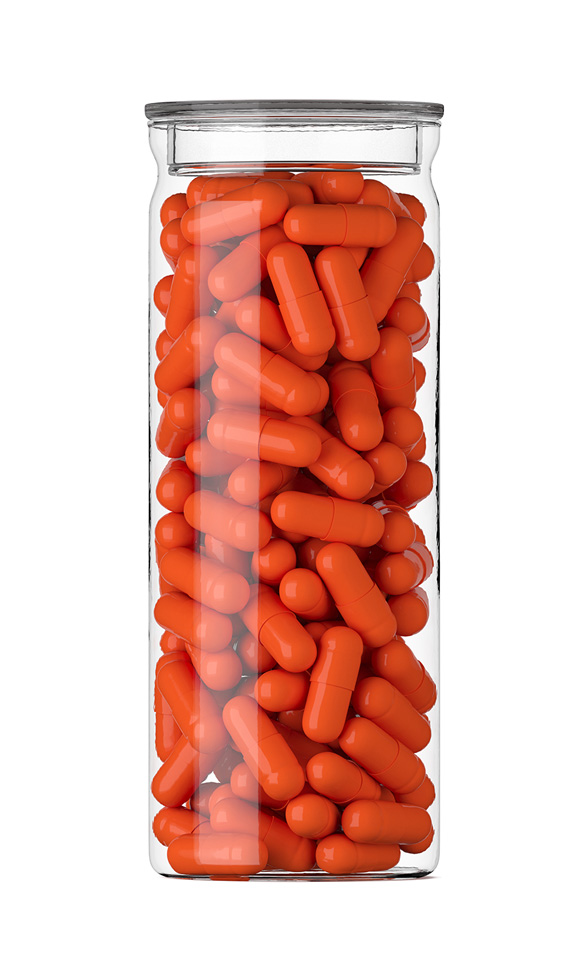
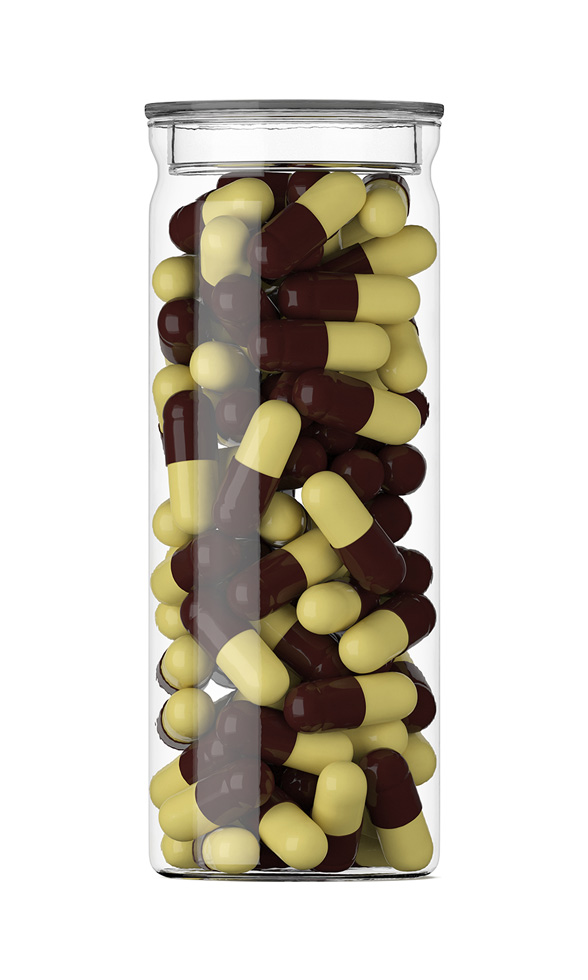 DHEA Capsules
DHEA Capsules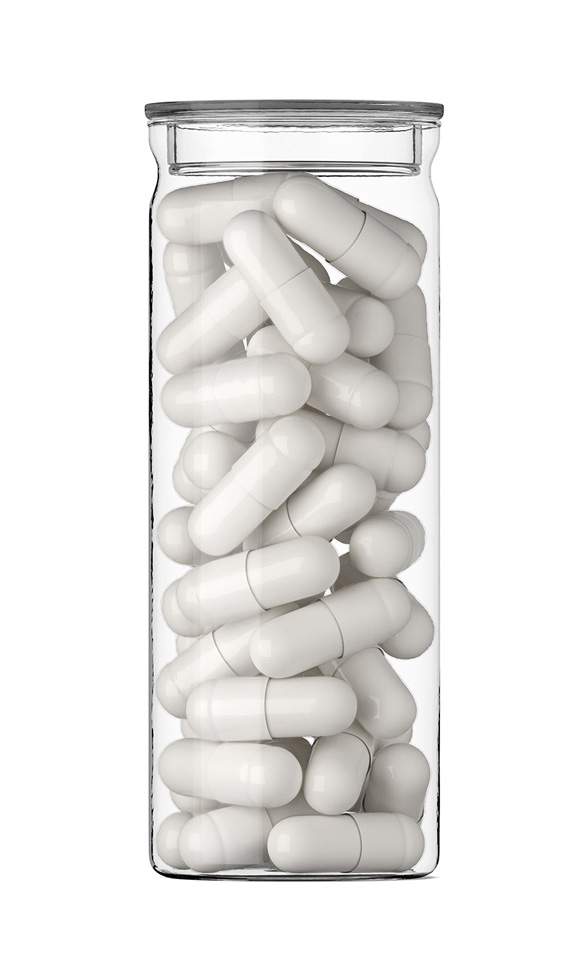 DHEA / Pregnenolone Capsules
DHEA / Pregnenolone Capsules DHEA Troches
DHEA Troches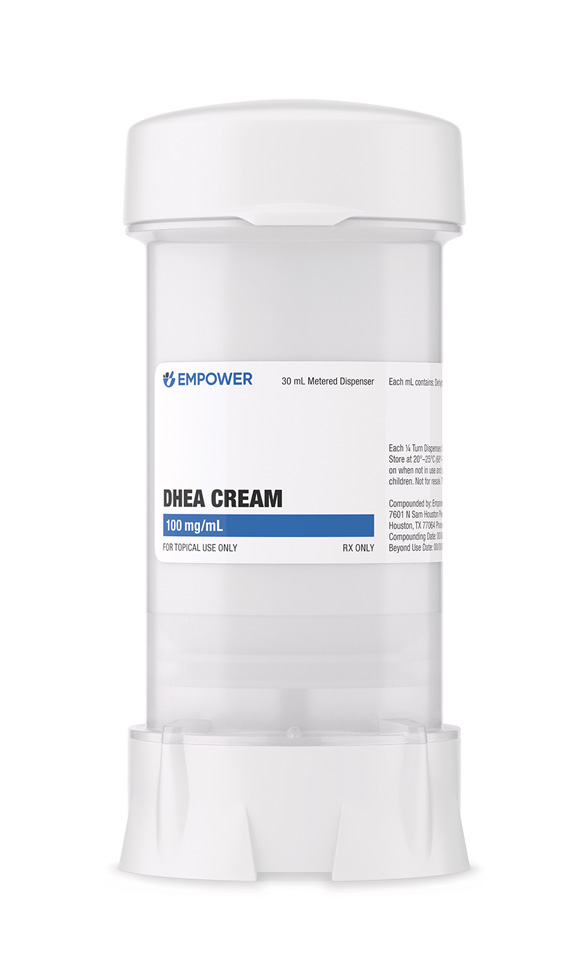 DHEA Cream
DHEA Cream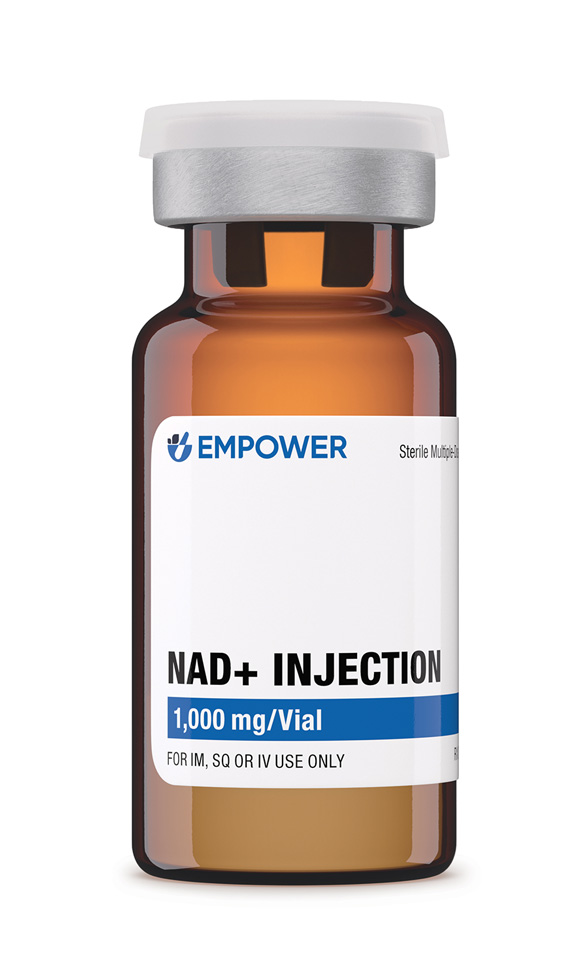 NAD+ Injection (Lyo)
NAD+ Injection (Lyo)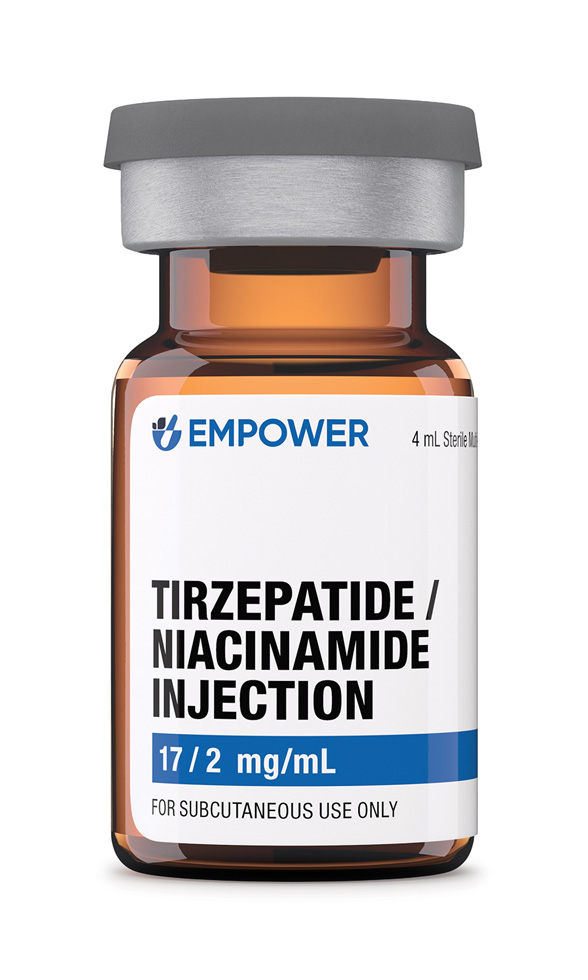 Tirzepatide / Niacinamide Injection
Tirzepatide / Niacinamide Injection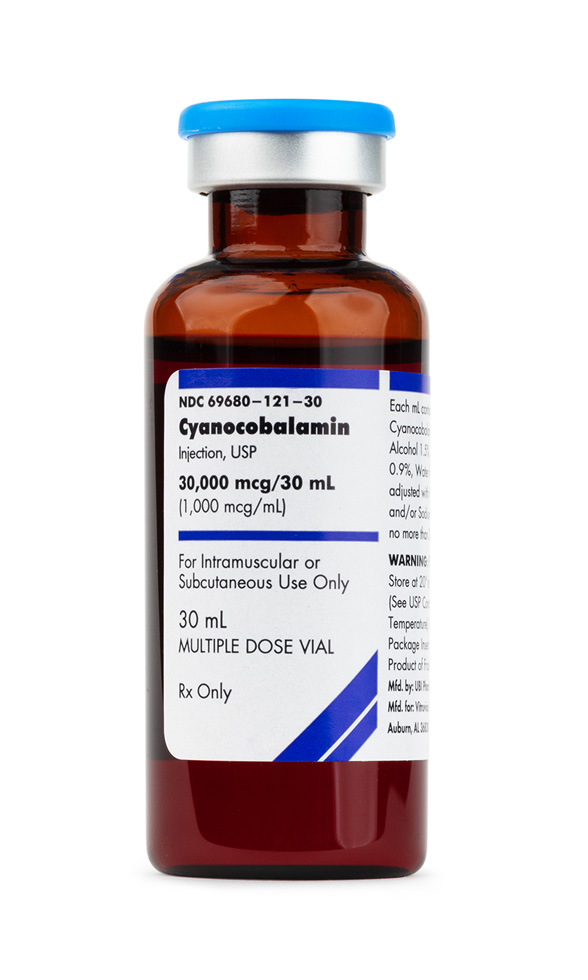 Cyanocobalamin (Vitamin B12) Injection
Cyanocobalamin (Vitamin B12) Injection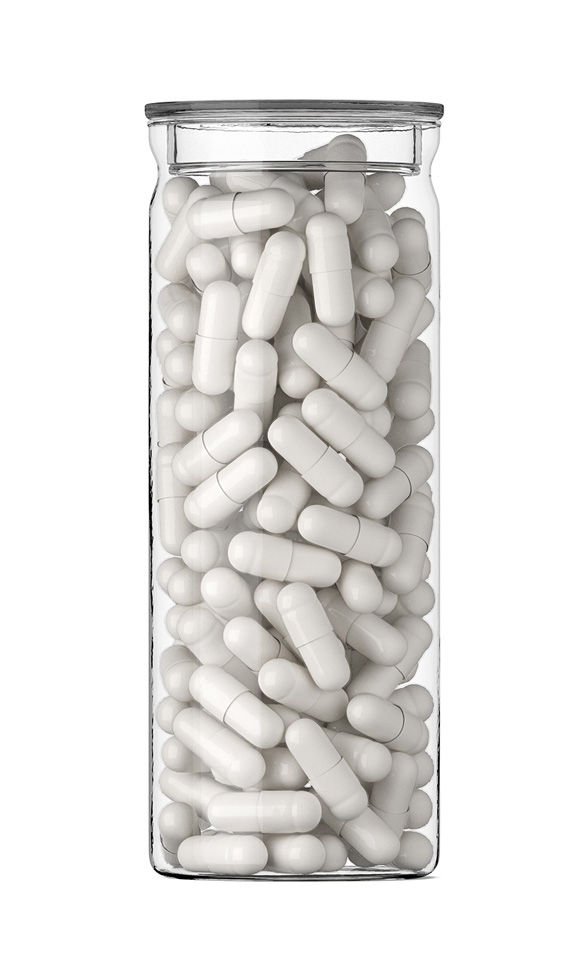 Liothyronine Sodium Capsules
Liothyronine Sodium Capsules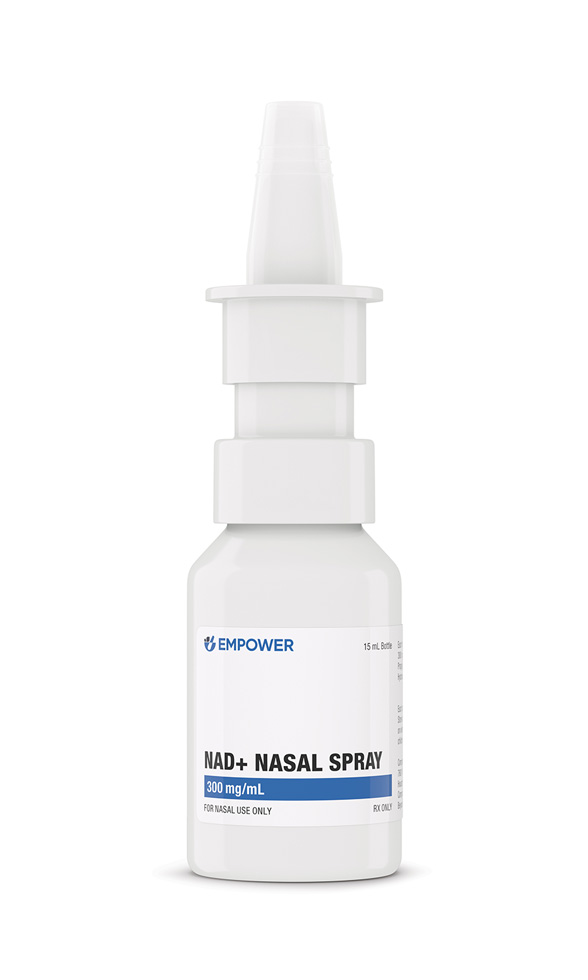 NAD+ Nasal Spray
NAD+ Nasal Spray